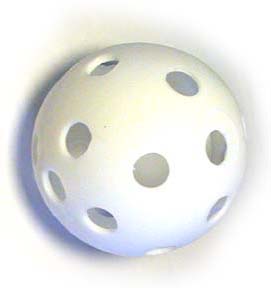
On the evening of Jan. 20, our British Theater class met at the Old Vic to see a new production: Joe Sutton's
Complicit. I'd had high hopes for this one, as it stars Richard Dreyfuss and David Suchet and is directed by Kevin Spacey. Last summer I'd gone to see a near-perfect production of
Pygmalion at the Old Vic, and I figured that, even though I knew next to nothing about
Complicit, this venerable playhouse wouldn't let us down.
I couldn't have been more wrong. Sutton's script is a heavy-handed, unimaginative effort to engage in the ethical debates that journalists face when pressured by the state to reveal confidential sources. (The obvious inspiration is "Plamegate.") Sutton clearly wants to be this generation's Arthur Miller, but
Complicit suggests that he sorely lacks the talent and the nuanced approach to complicated social issues to fill such a role.
While Suchet delivered a compelling performance as an attorney representing a journalist during a hearing designed to compel the his client to reveal a confidential source, Dreyfuss, who plays Ben, the journalist, was histrionic and unconvincing as someone supposedly beleaguered by a range of ethical issues related to his reportage on and opinions about state-sponsored torture of alleged terrorists in secret prisons around the world. Dreyfuss clearly hadn't learned his lines, and he performed with an earpiece, delivering his lines a beat or two late. He was clearly being fed lines during the performance. As Ben's wife, Elizabeth McGovern was lackluster, but to her credit, the part simply required McGovern to fail to grasp the issues surrounding her husband's dilemma and to harp on him about his responsibilities as a husband and father.
The set was fairly interesting--a glass-surfaced, round stage with television monitors both embedded within the stage and hanging above it. The best parts of the play were the moments in which the televisions came alive with footage of a CNN-style interview with Ben, but this footage also reveals Ben's inconsistencies in his thinking through the U.S. government's response to terror: at one moment he provides evidence that covert U.S. operatives are killing some prisoners to motivate others to reveal information; in the next, he's suggesting that the U.S. is "squeamish" in failing to use strong tactics in interrogating alleged terrorists.
Thus, as heavy-handed as the play is in tone ("this is about
civil rights and
torture, people! take this
seriously!" Sutton whines), it's message is ultimately confused, as Ben fails to work through the most basic elements of his position on torture and the ethical repercussions of a journalist revealing his confidential sources.
Fortunately, the play was on the shorter side, and the torture the audience suffered was less than it might have othewise have been. Small mercies.


























